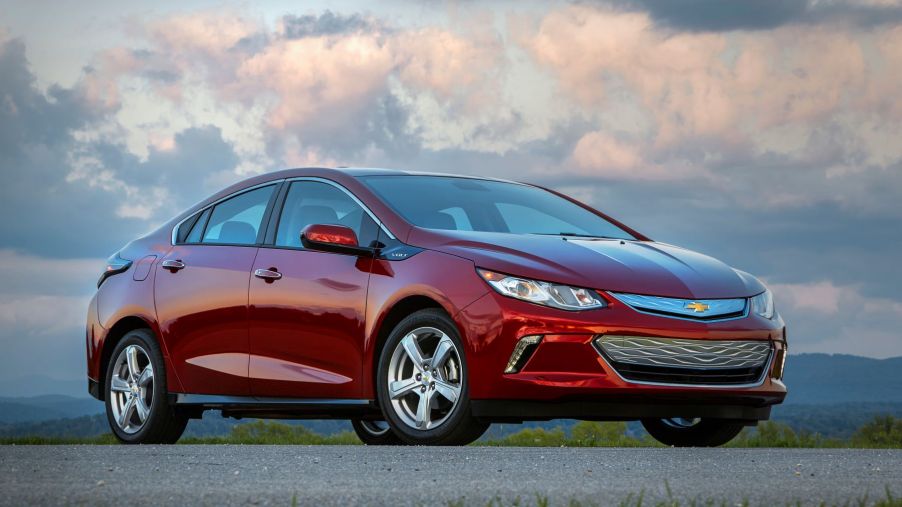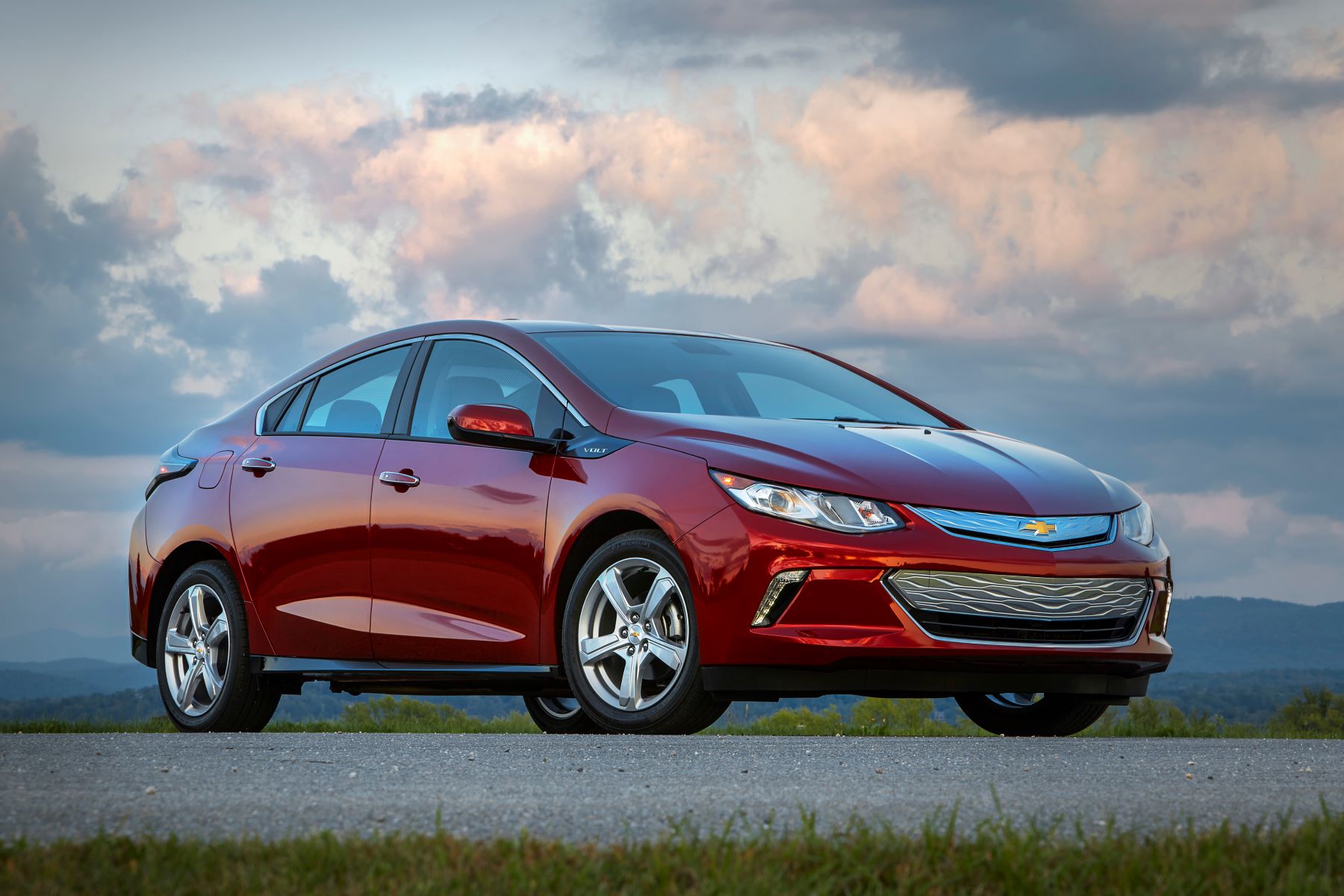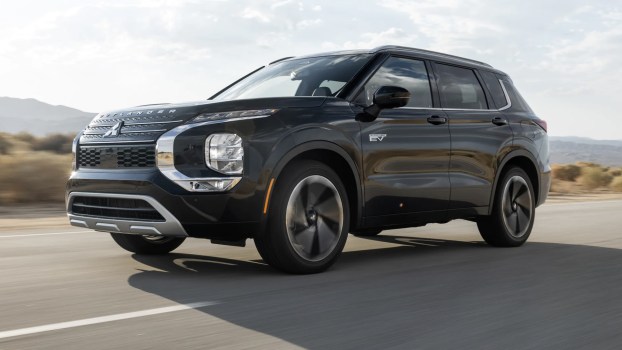
Is the Chevy Volt a Hybrid or Electric Car?
Certain cars can be confusing on whether or not they are hybrid or electric vehicles. For example, the electrified line-up of Jeep 4xe models in the U.S. don’t include any EVs yet. Another confusing model is the Chevy Volt, especially due to the name. So, is the Volt a hybrid or electric car?
Current and future Chevrolet EVs
Chevy’s current vehicle line-up only has two electric models, i.e., the Chevy Bolt EV and the Chevy Bolt EUV. The Bolt EV came first in late 2016, with a full rollout achieved by late 2017.
According to Car and Driver, the hatchback initially offered a 200-hp powertrain with an FWD system and 266 lb-ft of torque. These are still the same features you get with the 2023 model year iteration, although the range has been improved from 238 to 259 miles.
As for the Bolt EUV, it launched in 2021 with a better-looking design than its Bolt EV counterpart, in addition to other perks like more interior space. That said, it comes with the same 200-hp front-wheel-drive system available with its smaller sibling.
The upcoming Chevy Silverado EV, Chevy Blazer EV, and Chevy Equinox EV are expected to join the Bolt models on the market between summer and fall 2023.
The Blazer EV SUV will be the first to come with an estimated $44,995 starting price, according to Chevrolet. Features include an estimated 320-mile range, a 17.7-inch diagonal screen, and the power to accelerate to 60 mph in under four seconds.
Chevrolet Equinox EVs will be available in fall 2023 with 1LT, 2LT, 3LT, 2RS, and 3RS variants. However, the 2RS models are expected to hit the market ahead of the others.
With the Chevy Silverado EV, some of the performance figures mentioned by the automaker include an impressive 400 miles of range, 754 horsepower and 785 lb-ft of torque, and a 0-60 mph time under 4.5 seconds.
The Chevy Volt and its powertrain

The Chevrolet Volt was a plug-in hybrid (PHEV) produced between 2010 and 2019. According to Klipnick, the first generation came with a 1.4L four-cylinder engine coupled with a 16-kWh battery and electric motor. It could also provide up to 35 miles of electric-only range. By 2015, the battery had been upgraded to a slightly larger 16.5 kWh option, extending the electric range to 38 miles.
One of the more unique design features of the 2011-2015 models was the T-shaped battery pack taking up some of the space in the back seat. As such, the vehicle was a four-seater.
With the introduction of the second generation, the 2016 Chevy Volt and later model years saw an overhaul of most of the powertrain. The 16.5 kWh battery was replaced by an 18.4 kWh alternative that extended the range from 38 to 53 miles. Meanwhile, the 1.4L four-cylinder was replaced by a new 1.5L four-cylinder engine, leading to faster acceleration.
Due to the larger battery, the car would take longer to charge, with an estimated 13-hour wait time while using a Level 1 120V outlet. However, according to Edmunds, using a 240V outlet would reduce wait times to 4.5 hours. By its final production year, the automaker had even introduced fast chargers, which cut down charging times even further.
So, despite its electric name, the car was never an EV, although it’s easy to see why the name would be confusing.
The controversies surrounding the electric-like model name
Due to its name, the Chevy Volt is often confused with the Chevy Bolt, bringing further confusion about whether it’s an electric or hybrid car. Another car, the Chevy Spark, also has an electric-ish model name and, like the Volt, has been discontinued. However, unlike the Bolt and Volt, the Spark is neither an EV, PHEV, or hybrid, and is instead fully powered by gas.



